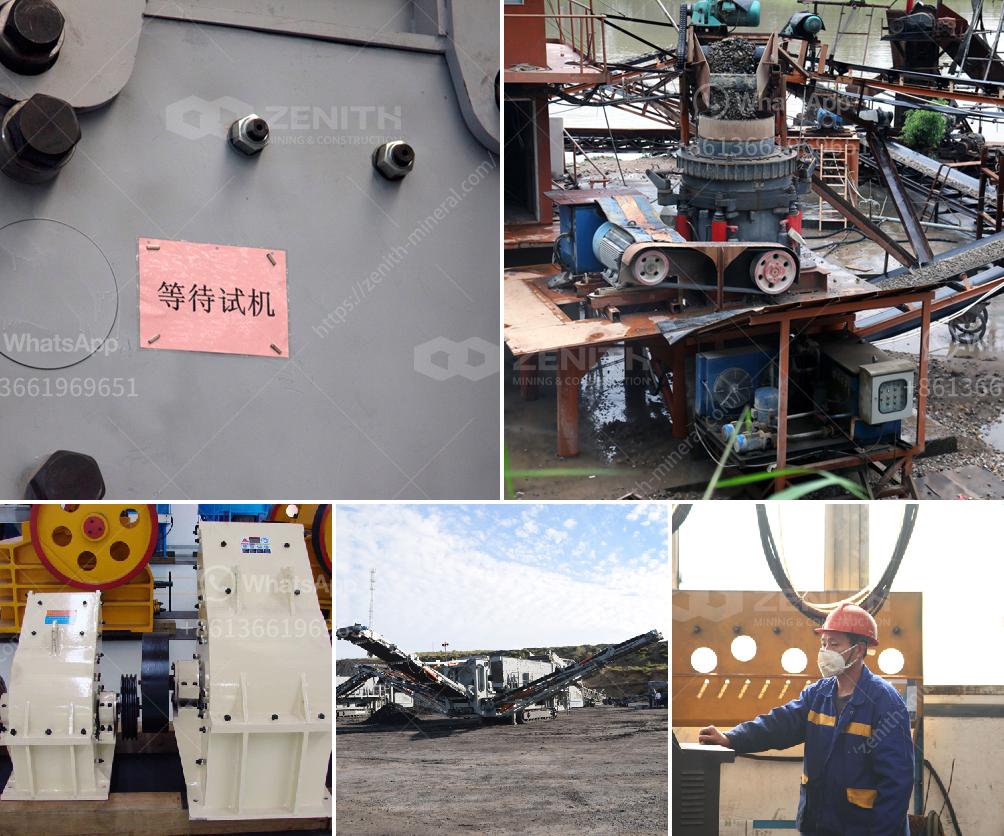Removing iron from zinc ore is a process that involves several steps, typically carried out in a metallurgical plant. The primary goal is to separate the iron impurities from the zinc ore to produce high-purity zinc. Here’s a detailed explanation of the process:
The first step in the process is to crush and grind the zinc ore. This reduces the ore to a fine powder, which makes it easier to separate the iron impurities. The crushing and grinding process can be done using various types of equipment, such as jaw crushers, ball mills, and rod mills.
After crushing and grinding, the next step is to concentrate the zinc ore. This is typically done using a process called froth flotation. In froth flotation, the powdered ore is mixed with water and chemicals that make the zinc particles hydrophobic (repel water) and the iron particles hydrophilic (attract water). Air bubbles are then introduced into the mixture, and the zinc particles attach to the bubbles and float to the surface, where they can be skimmed off. The iron particles, being hydrophilic, sink to the bottom and are removed as tailings.
The concentrated zinc ore is then subjected to a process called roasting. During roasting, the ore is heated in the presence of oxygen. This causes the zinc sulfide (ZnS) in the ore to react with oxygen to form zinc oxide (ZnO) and sulfur dioxide (SO2). The iron impurities, which are often present as iron sulfide (FeS), also react with oxygen to form iron oxide (Fe2O3).
The roasted ore is then subjected to a leaching process, where it is treated with a solution of sulfuric acid (H2SO4). The sulfuric acid reacts with the zinc oxide to form zinc sulfate (ZnSO4), which is soluble in water. The iron oxide, on the other hand, does not dissolve in the sulfuric acid and remains as a solid residue. This allows the zinc to be separated from the iron impurities.
The zinc sulfate solution obtained from the leaching process is then purified to remove any remaining impurities. This is typically done using a process called solvent extraction or ion exchange. In solvent extraction, the zinc sulfate solution is mixed with an organic solvent that selectively extracts the zinc ions, leaving the impurities behind. In ion exchange, the zinc ions are exchanged with other ions in a resin, which selectively removes the zinc from the solution.
The final step in the process is electrolysis. The purified zinc sulfate solution is subjected to an electric current, which causes the zinc ions to be deposited onto a cathode as pure zinc metal. The iron impurities, being insoluble in the solution, do not get deposited and are left behind.
In summary, the process of removing iron from zinc ore involves several steps: crushing and grinding, concentration by froth flotation, roasting, leaching with sulfuric acid, purification by solvent extraction or ion exchange, and finally electrolysis to produce pure zinc metal. Each step is designed to separate the iron impurities from the zinc ore, resulting in high-purity zinc.

